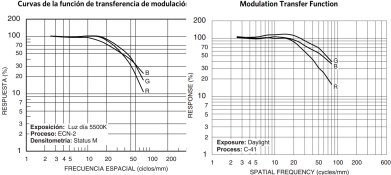You'd better have a definitive source for this claim. Reality is that the QC is likely tougher for still than motion picture - at 24/25 FPS a small flaw is long gone before you notice it.
That is actually an interesting point. Does anyone have any insight on if motion film is given a wider margin than their still film lines for quality control?
Personally I would have guessed they were using the same gear and standards for all their film, but I also wouldn't have expected much in the way of flaws from mid-roll sections once those coating rigs get up to speed.


 Tell this to Dan Mindel:
Tell this to Dan Mindel:




